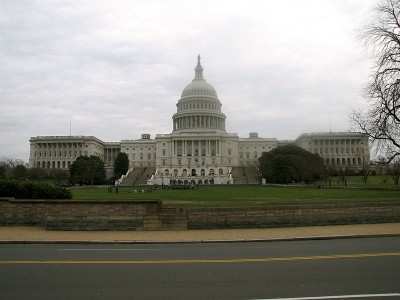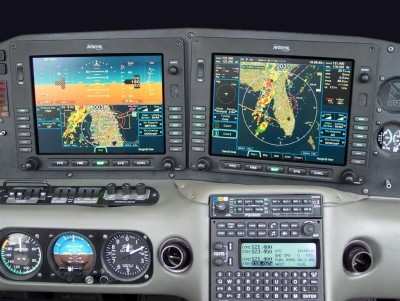Sat, Jun 25, 2011
ATA, Garmin, Others Call On Legislators To Move The Wireless
Company Away From GPS Spectrum
Representatives from three members of the Coalition to Save Our
GPS called on Congress to put a stop to deployment of
LightSquared's planned broadband network in spectrum that threatens
to disrupt Global Positioning System (GPS) signals. In testimony
prepared for delivery on Thursday at a hearing of the House
Transportation and Infrastructure Subcommittee on Aviation and the
Subcommittee on the Coast Guard and Maritime Transportation,
witnesses from Garmin, the Air Transport Association (ATA), and the
AOPA all said that the only acceptable mitigation solution is for
LightSquared's planned operations to be moved to another band
altogether – one that is outside of the L-band and therefore
away from GPS.

Garmin's Vice President for Aviation Engineering Philip Straub
asked Congress to "put an end to this dysfunctional exercise" and
"work to ensure the FCC's rescission of LightSquared's conditional
waiver."
All three groups cited multiple government and industry reports
that have been conducted in the last six months – all of
which have confirmed substantial interference to critical GPS
uses. They also said that the mitigation proposals by
LightSquared are either infeasible or insufficient. Of
LightSquared's recent proposal to move operations to a lower band
that is farther away from GPS frequencies and to modify its FCC
license to reduce the maximum power of its base stations, Garmin's
Straub said the proposal "is no solution at all," and that it
"conveniently ignores much of the existing user base, especially
users of high precision GPS equipment."
ATA Senior Vice President Tom Hendricks said the plan was
"fraught with technical challenges not yet fully understood."
Of another mitigation proposal by LightSquared – that
technical fixes such as filters be applied to GPS receivers –
Hendricks noted, as did Straub, that no such filter exists.
Hendricks explained that even if a technical fix did become
feasible, the costs would be astronomical. "The U.S. airline
industry simply cannot afford to purchase and install it in
approximately 6,600 aircraft, which would cost billions of
dollars," he said.

"With so much of the early evidence showing that LightSquared's
proposed network would potentially endanger nearly every flight
operating in U.S. airspace, it seems evident that no further
development of this system can be allowed," said AOPA President and
Chief Executive Officer Craig Fuller.
The comments from the three witnesses came just one day
following the release of a new economic study finding that
disruption of interference with GPS posed by LightSquared's planned
deployment of 40,000 ground stations threatens direct economic
costs of up to $96 billion to U.S. commercial GPS users and
manufacturers.
More News
A Puff Of Smoke Came Out From The Top Of The Engine Cowling Followed By A Total Loss Of Engine Power On May 9, 2025, about 1020 mountain daylight time, an experimental amateur-buil>[...]
From 2022 (YouTube Edition): Jenny, I’ve Got Your Number... Among the magnificent antique aircraft on display at EAA’s AirVenture 2022 was a 1918 Curtiss Jenny painstak>[...]
Very High Frequency (VHF) The frequency band between 30 and 300 MHz. Portions of this band, 108 to 118 MHz, are used for certain NAVAIDs; 118 to 136 MHz are used for civil air/grou>[...]
“From approximately November 2021 through January 2022, Britton-Harr, acting on behalf of AeroVanti, entered into lease-purchase agreements for five Piaggio-manufactured airc>[...]
From 2008 (YouTube Edition): US Fish and Wildlife Service Chooses The Kodiak To Monitor Waterfowl Populations Waterfowl all over North America may soon have to get used to a new ab>[...]
 NTSB Prelim: Lee Aviation LLC JA30 SuperStol
NTSB Prelim: Lee Aviation LLC JA30 SuperStol Classic Aero-TV: Curtiss Jenny Build Wows AirVenture Crowds
Classic Aero-TV: Curtiss Jenny Build Wows AirVenture Crowds ANN's Daily Aero-Term (05.30.25): Very High Frequency (VHF)
ANN's Daily Aero-Term (05.30.25): Very High Frequency (VHF) Aero-News: Quote of the Day (05.30.25)
Aero-News: Quote of the Day (05.30.25) Classic Aero-TV: Quest Kodiak Enhances Migration Monitoring Programs
Classic Aero-TV: Quest Kodiak Enhances Migration Monitoring Programs




